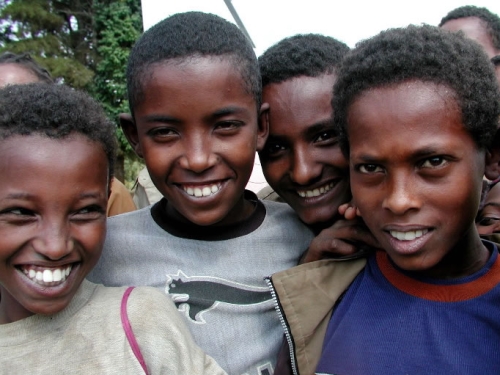
This article was originally published by IRIN on 25 November 2014.
We have accepted the concept “peak oil” – the point where oil production goes into an irreversible decline. Now we are being asked to contemplate that we are also rapidly approaching “peak youth”, when there will be more young people than ever before in the history of the planet, and when young people as a proportion of the population will reach a maximum, before starting to drop.
The UN Population Fund (UNFPA) reckons there are already 1.8 billion people aged 10-24 in the world. In its annual report it presents them as a great force for accelerated development and a better quality of life, but only if the demographic changes going on can be harnessed for good.


